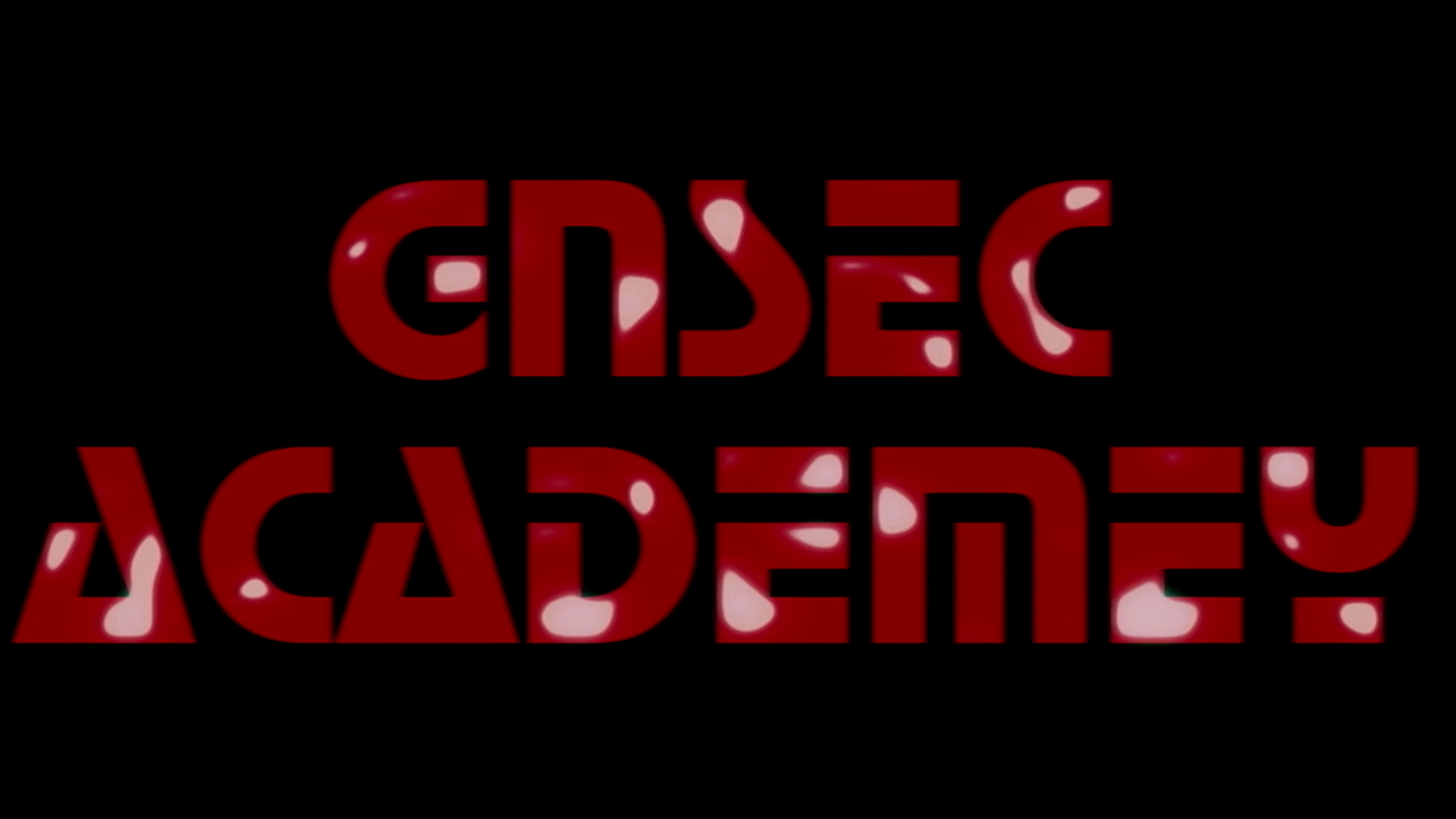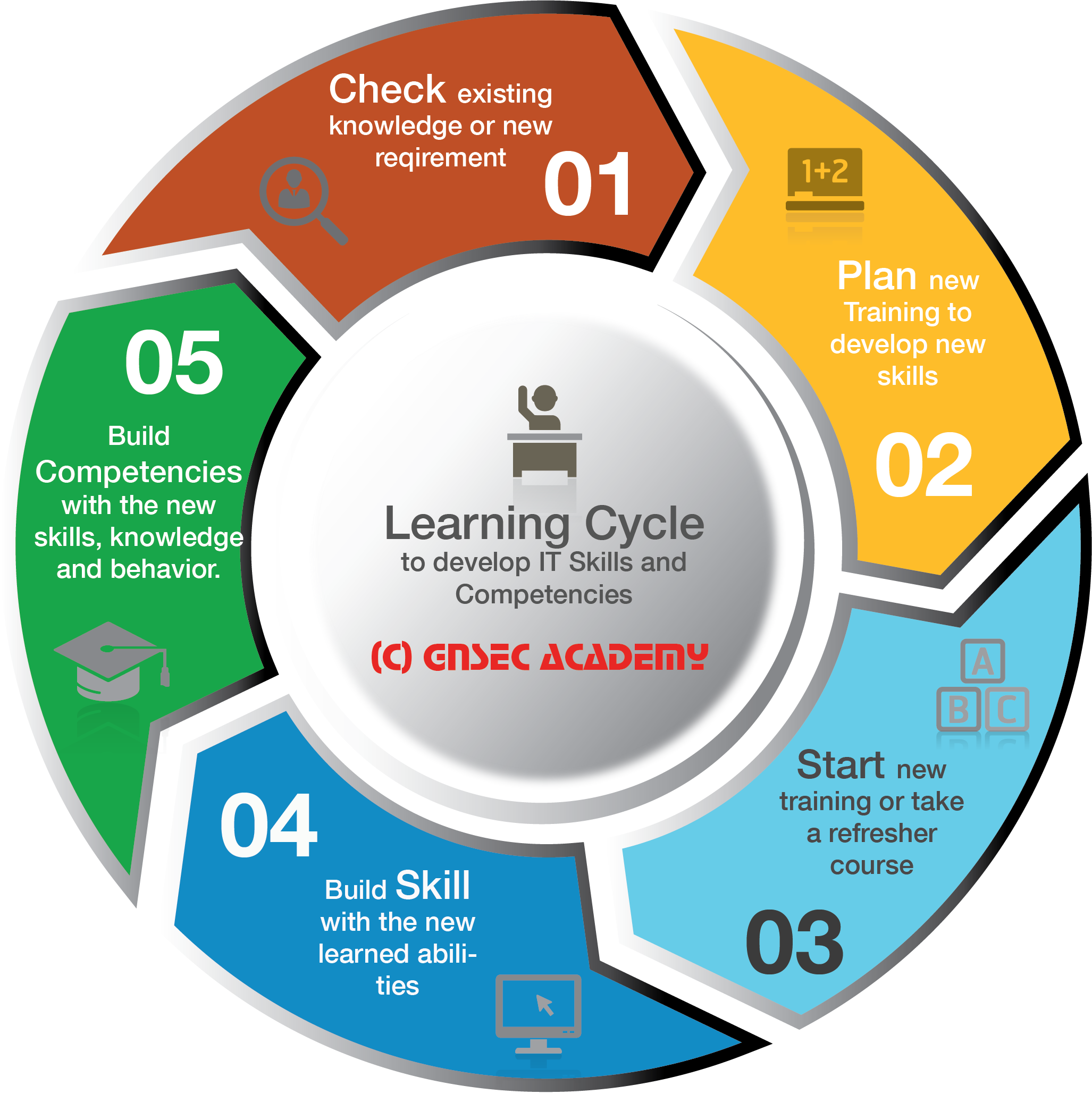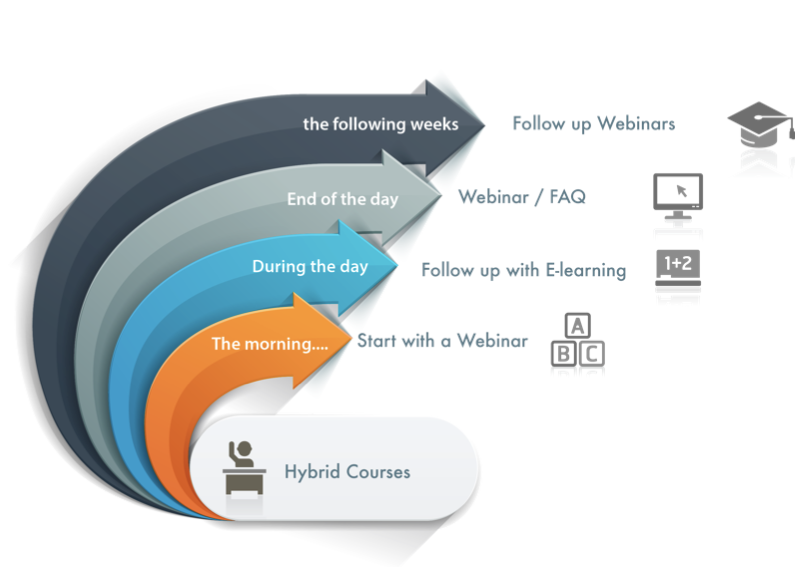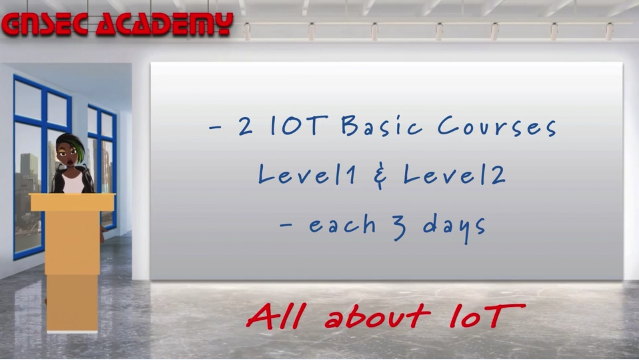GNSEC Academy
Welcome to the next generation of e-learning

Technical Trainings
Technical training is defined as “A structured learning environment engineered to improve workplace performance in ways that are aligned with bottom-line business goals” (Ruth Colvin Clarke)
Structured Training
to optimize learning both during the learning event and afterwards on the job by following a structured process and producing a structured product to minimize inconsistency.
Learn MoreTraining Environment
Workforce learning is moving from a series of isolated trainings to environments that incorporate diverse knowledge resources.
Learn MoreEngineered Courses
Effective learning environments do not happen by accident or by seat-of-the-pants effort. They are the product of a structured process and proven methods.
Learn MoreWorkplace Performance
An effective training program starts and ends with the job. It includes guidelines, examples a job relevant exercise.
Learn MoreBusiness Goals
An effective training program focusses on knowledge and skills that are aligned to important organizational objectives. It is not about teaching “communication skills”, but specific behaviors needed to support the organizational objectives.
GNSEC Academy - The Learning Concept
We developed the "Cycle of Education" to optimize our e-learning concept.
Methods and Control - Cycle of Education
The "Cycle of Education" is a model that visualizes the requirements of modern e-learning and trans-lates them into a generally understandable form. It consists of 5 phases.
Check
Phase 1 is the review of requirements and own knowledge, either through a self-assessment (anon-ymous) or an exam.
Plan
In phase 2, based on the job requirements and the result of the test, a selection of learning content and courses is put together. At the same time, a learning objective is created.

Act - Start Training
Phase 3 is the actual training phase in which the courses are conducted. We offer full supported e-learning modules and additional virtual training.
Phase 3 usually concludes with an exam. If the exam is passed, the primary learning objective is achieved.
Do - Build Skill
Skills are specific learned activities or tasks. In phase 4, the newly acquired knowledge is transformed into skills, i.e., pure knowledge becomes applied knowledge.
Example: A course teaches the basics of a new programming language. For this to become a skill, the user must be enabled to create their own applications with this programming language.
Build Competencies
Skills are task-specific, while competencies comprise a range of skills with skills and knowledge. Skills are only one of the facets that make up the competence. Competency-based learning differs from other concepts by a fine levelling of the learning content. Each individual skill or learning outcome represents a unit. The course participant is graded according to individual competencies and can only move on to other competencies once the current learning step has been completed.
Our Hybrid Course Model as a replacement for long classroom sessions.

GNSEC Academy stands for
Modern design
Professional High quality training for different target groups
Professional Production
High End contend with professional studio production and the lastest 2d/3d technology
Fully customizable
Customized trainings for the industry - for IoT, ICS and the critical infrastructure sector
